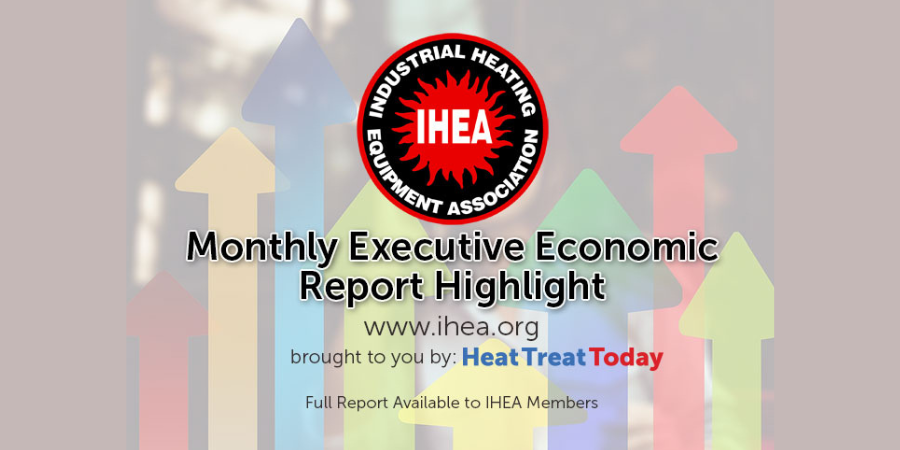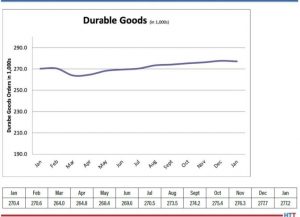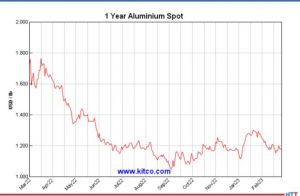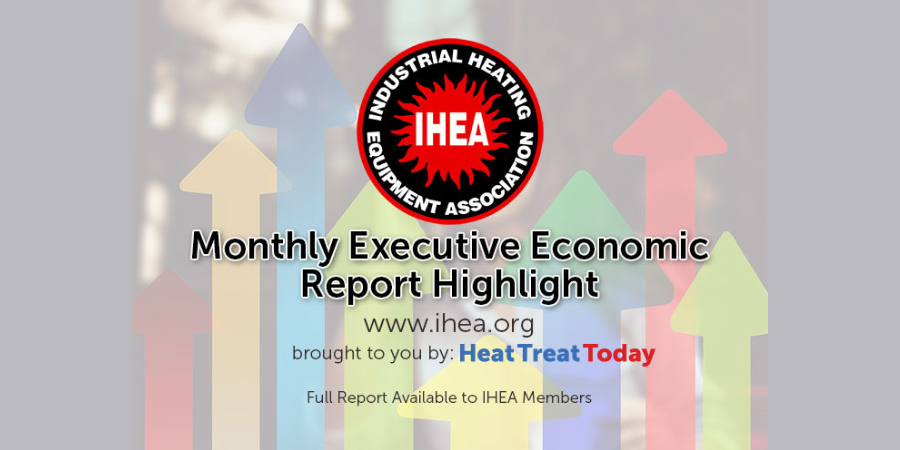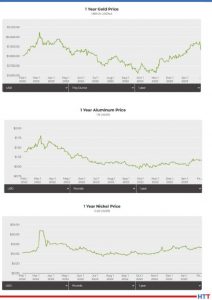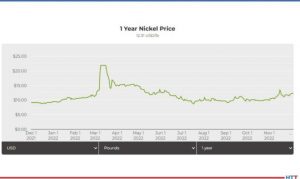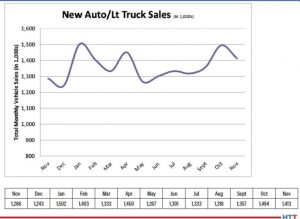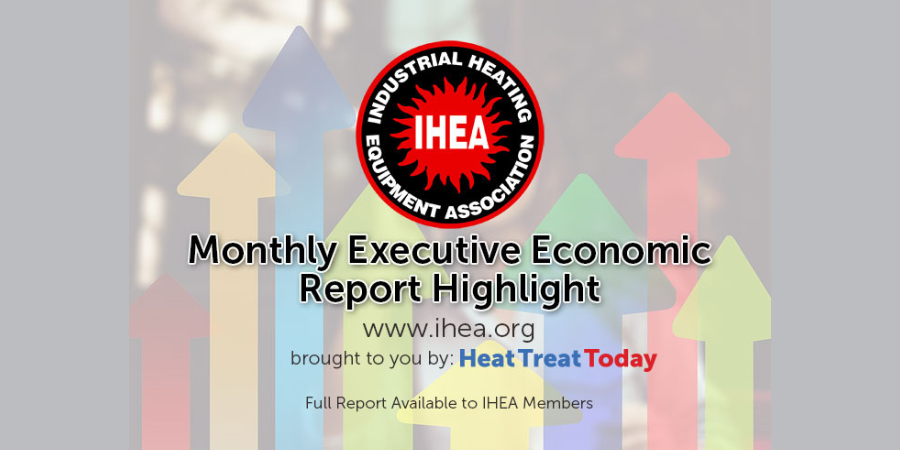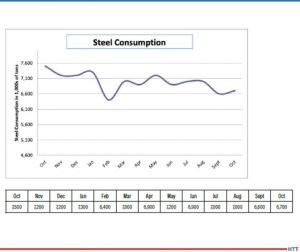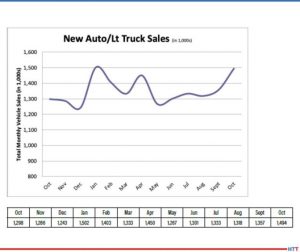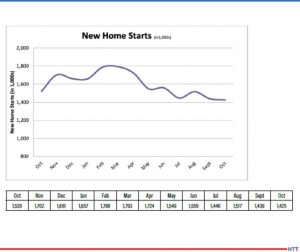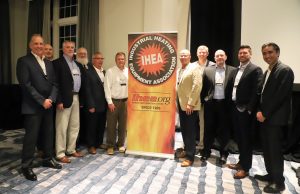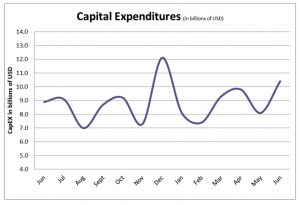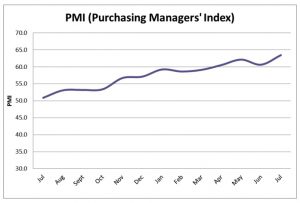New Sustainability & Decarbonization Initiatives for Heat Treat

Searching for sustainability resources? Check out this first installment of the Sustainability Insights series, from the Industrial Heating Equipment Association (IHEA) for what’s available to in-house heat treaters across the industry.
Discover the resources IHEA provides in their web-based Sustainability area and a new webinar series launching May 11.
One thing is certain, and it's that there is great deal of uncertainty about how to begin addressing issues of sustainability and decarbonization. As heat treaters begin to receive more and more questions about decarbonization, IHEA saw an opportunity to help the industry and began developing a variety of initiatives relating to sustainability and decarbonization in the industrial heating equipment industry.
Getting Started with Sustainability

The first step towards decarbonization is understanding this is a topic that will not go away. While they may not see any immediate consequences, heat treaters need to at least begin preparing now for what is quickly approaching. Before long, clients are going to be demanding heat treaters show that they are lowering their carbon emissions. Thinking, “This will not affect my business,” will be detrimental in the long term.
IHEA recommends to start by considering efficiency and getting an initial assessment of carbon footprint. The fastest, easiest way to reduce carbon footprint is to burn less fuel by investing in efficiency improvements. As a side benefit, operating costs are also reduced. IHEA's current combustion courses do have content on efficiency and low carbon fuels and a webinar series specifically designed to help everyone understand how to determine their initial accounting of their carbon footprint.
 Future Plans
Future Plans
The deeper driving forces that will affect our industry regarding sustainability are regulations, incentives, and energy economics. Rapidly changing environmental policy, growing technology incentives, and a shifting relative cost of fuels (and alternate fuel options like hydrogen) are opening new pathways for businesses to factor carbon footprint and sustainability into their operations.
Because of these upcoming changes, IHEA is developing a wide array of services and tools that will help those looking to lower carbon emissions determine the best approaches for their heat treat facilities. An entirely new body of content will be developed that will be at the leading edge of this industrial revolution.
To kick things off, IHEA has developed a Sustainability area on their website that features the foundation of information the industry needs. The Sustainability area includes the following sections: Sustainability FAQs, Sustainability Terms & Definitions, and Sustainability Resources. The Sustainability section will continue to expand by adding content and resources on a regular basis.
Additionally, IHEA is launching a series of webinars that will start the process of walking companies through the complicated issues related to decarbonization:
- May 11: Thermal Processing Carbon Footprint (click to register/read more)
- June 15: Defining Greenhouse Gas (GHG) Emissions to Target NET-ZERO
- July 20: DOE Tools and Programs for GHG Reduction
- August 24: Ongoing Sustainability: Industry Best Practices for Continual Improvement
The goal is to provide unbiased education for everyone involved in the process heating industry. The webinars are complimentary. Visit www.ihea.org and click on the "EVENTS & TRAINING" tab.

President at Honeywell Thermal Solutions
Recently elected IHEA President Brian Kelly of Honeywell Thermal Solutions says, “IHEA is taking a leadership role because we see that this will be an ongoing and changing landscape for the industry for years to come. With the years of collective expertise of our membership we feel that we can provide information, education, and guidance to help everyone navigate what is sure to be a challenging environment.” Kelly continued by saying, “In the end, we want to be a source to count on to help our entire industry in their sustainability journey as it will be a long and winding road that will be different for everyone.”
For more information:
Visit www.ihea.org.
 Find heat treating products and services when you search on Heat Treat Buyers Guide.com
Find heat treating products and services when you search on Heat Treat Buyers Guide.com
New Sustainability & Decarbonization Initiatives for Heat Treat Read More »




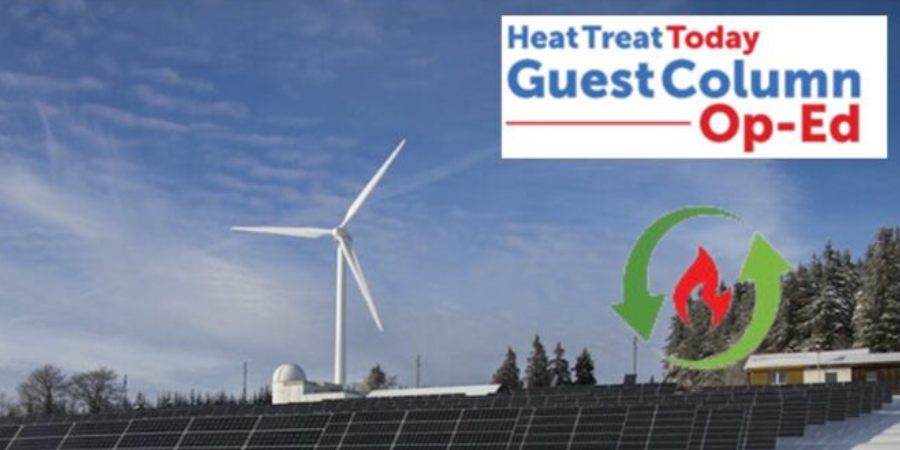
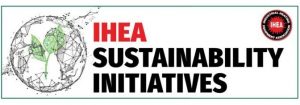 Future Plans
Future Plans







